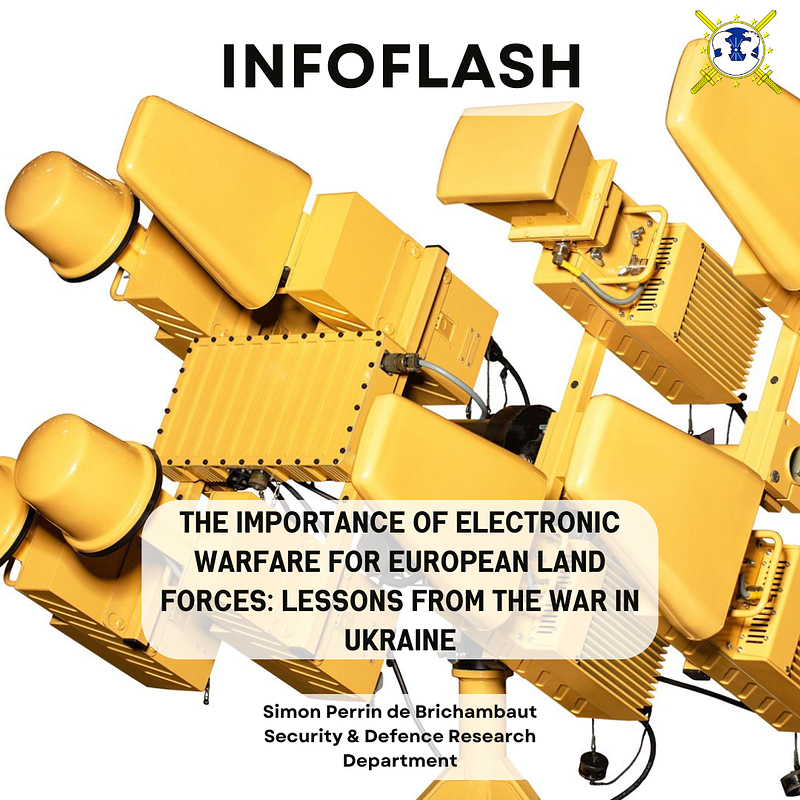Romania’s Defence Industrial Sector: The long road towards Modernisation and Readiness
Romania’s strategic geopolitical location between the Balkans and the Black Sea, coupled with recent international tensions, has placed it at the heart of NATO and EU defence strategies. Historically burdened by post-communist industrial decline, Romania is revitalising its defence sector through international partnerships and EU-led initiatives like the Act in Support of Ammunition Production (ASAP). However, persistent challenges within national defence company ROMARM, such as management inefficiencies, outdated technology, workforce aging, and restrictive state ownership policies, continue to impede the pace and scope of modernisation. Addressing these limitations is essential for sustaining Romania’s defence sector revitalisation. Ultimately, the effectiveness of Romania’s modernisation efforts will determine its contribution to regional stability and broader European defence resilience.





